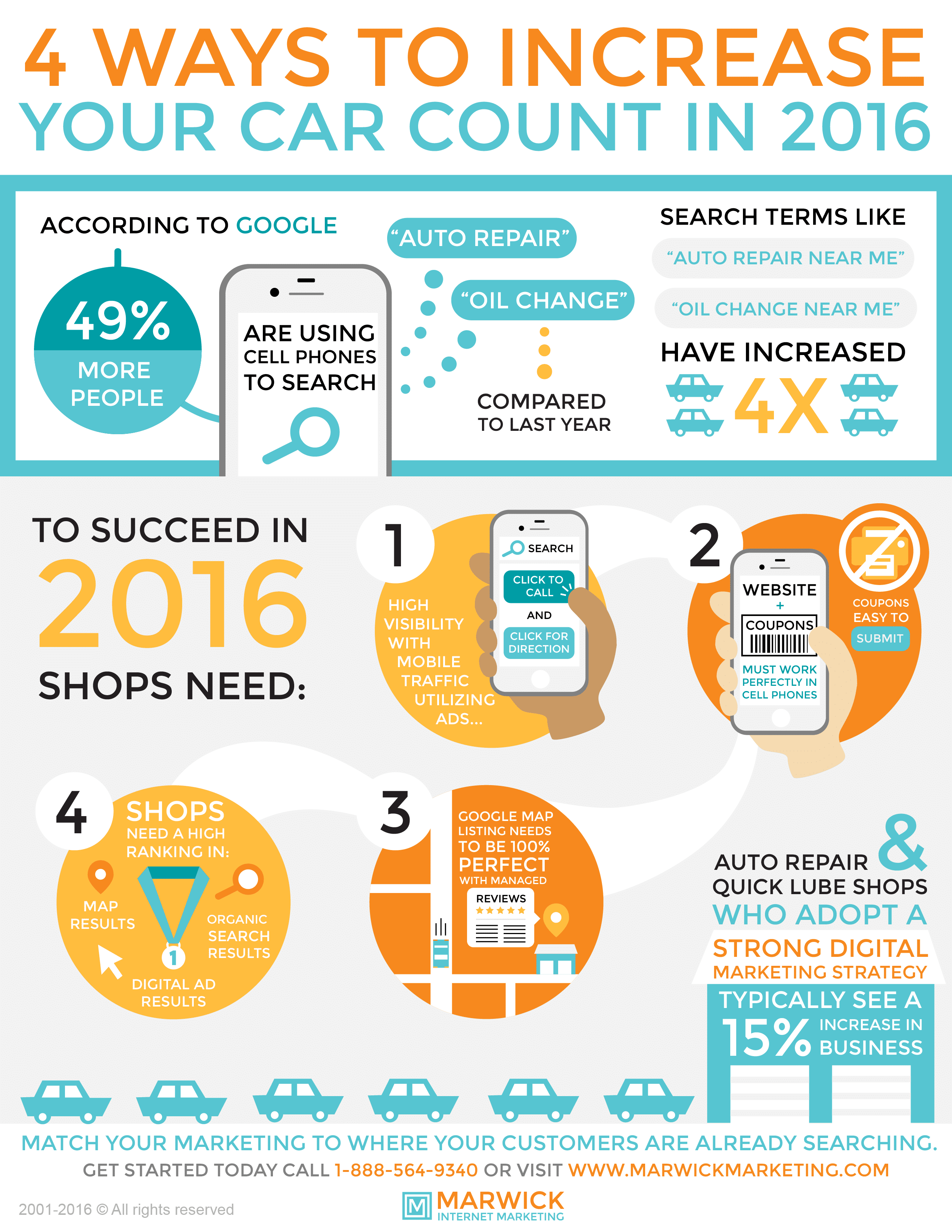Looking For Clearness On The Warning Lights Showed On Your Cars And Truck'S Control Panel? Learn Exactly How They Relate To Your Vehicle'S Health And Wellness
Looking For Clearness On The Warning Lights Showed On Your Cars And Truck'S Control Panel? Learn Exactly How They Relate To Your Vehicle'S Health And Wellness
Blog Article
Authored By-Lauritsen Kejser
When you're behind the wheel, those beautiful warning lights on your dashboard can be a little bit bewildering. Do you recognize what they're attempting to inform you regarding your auto's health and wellness? Understanding the significance of these lights is important for your security and the long life of your lorry. So, the following time one of those lights turns up, would not you wish to decode its message accurately and take the essential steps to address it?
Common Warning Lights and Interpretations
Recognize typical caution lights in your auto and comprehend their definitions to guarantee secure driving.
The most normal caution lights consist of the check engine light, which signifies issues with the engine or exhausts system. If https://brakeservice62739.slypage.com/30457881/exhausted-by-lackluster-outcomes-discover-methods-to-avert-normal-vehicle-describing-blunders-and-reveal-the-secrets-to-a-spectacular-finish begins, it's vital to have your automobile inspected promptly.
The oil stress cautioning light suggests low oil stress, needing instant focus to prevent engine damage.
A blinking battery light might suggest a faulty billing system, potentially leaving you stranded if not resolved.
The tire stress surveillance system (TPMS) light informs you to low tire stress, affecting lorry security and gas effectiveness. Overlooking this might result in risky driving conditions.
Click That Link shows an issue with the anti-lock stopping system, jeopardizing your ability to stop promptly in emergency situations.
Lastly, the coolant temperature level warning light warns of engine getting too hot, which can lead to extreme damage if not resolved quickly.
Recognizing visit the up coming article will certainly assist you resolve problems without delay and preserve secure driving conditions.
Importance of Prompt Interest
Comprehending the typical caution lights in your vehicle is only the primary step; the significance of without delay dealing with these cautions can not be emphasized enough to guarantee your safety when driving.
When a caution light brightens on your dashboard, it's your vehicle's means of connecting a possible concern that needs interest. Neglecting these warnings can cause a lot more serious problems down the road, compromising your safety and security and potentially costing you a lot more out of commission.
Prompt interest to warning lights can prevent malfunctions and crashes. As an example, a flashing check engine light can suggest a misfire that, if left ignored, might create damages to the catalytic converter. Addressing this without delay can conserve you from a costly repair service.
Similarly, a brake system advising light could indicate reduced brake fluid or used brake pads, important parts for your safety and security when driving.
Do It Yourself Troubleshooting Tips
If you see a warning light on your dashboard, there are a few DIY troubleshooting suggestions you can try prior to looking for expert aid.
The primary step is to consult your vehicle's handbook to comprehend what the specific warning light indicates. In some cases the issue can be as straightforward as a loose gas cap causing the check engine light. Tightening the gas cap might resolve the trouble.
Another usual concern is a reduced battery, which can set off numerous warning lights. Examining the battery links for deterioration and ensuring they're safe might fix the trouble.
If a warning light persists, you can try resetting it by separating the cars and truck's battery for a few minutes and then reconnecting it. Furthermore, examining your automobile's fluid degrees, such as oil, coolant, and brake liquid, can aid troubleshoot alerting lights related to these systems.
Verdict
In conclusion, recognizing your car's warning lights is essential for maintaining your automobile running efficiently and securely. By quickly addressing these notifies and recognizing what they imply, you can stay clear of pricey fixings and prospective break downs.
Keep in mind to consult your vehicle's manual for particular details on each cautioning light and take action appropriately to guarantee a hassle-free driving experience.
Remain informed, remain safe when traveling!
